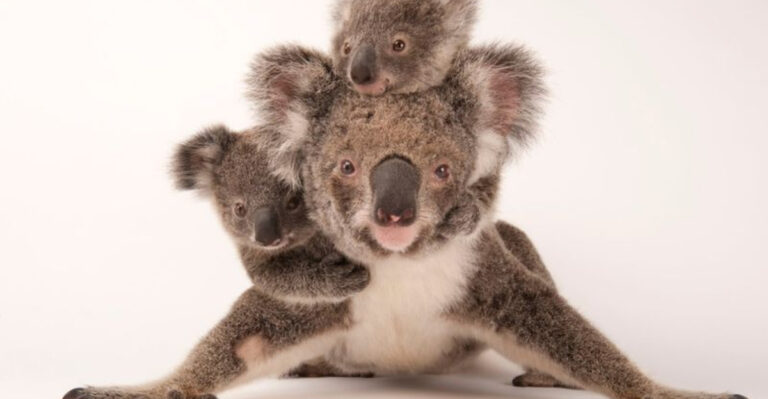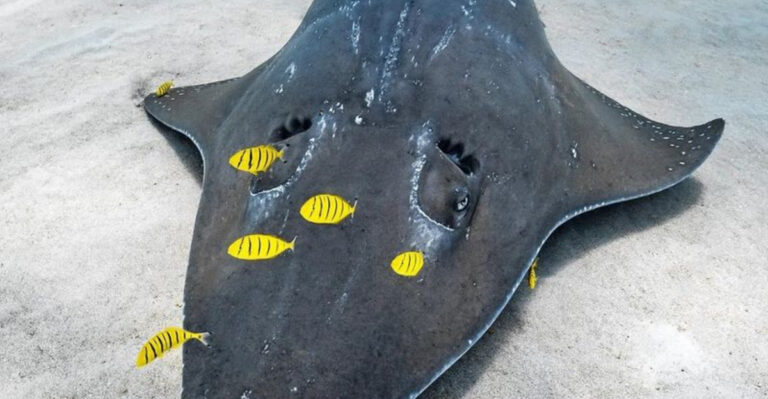Take A Look At These 15 Incredible Animals With Scales
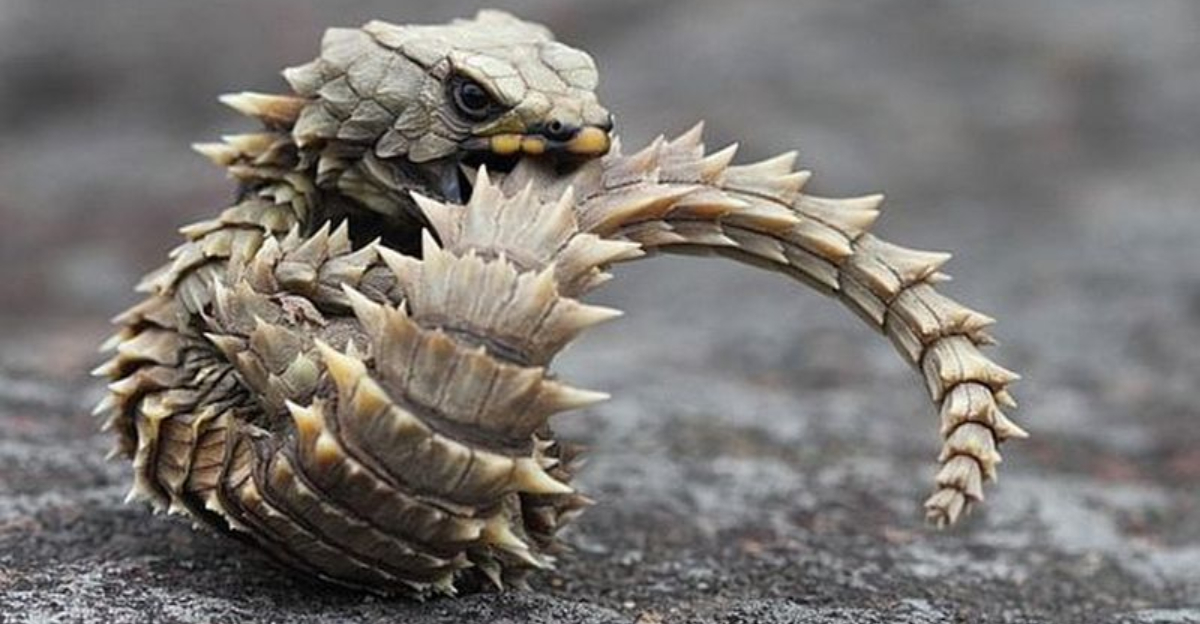
The animal kingdom is full of fascinating creatures, and those covered in scales represent some of nature’s most incredible designs.
From tiny fish to massive reptiles, scaled animals have adapted to survive in environments ranging from scorching deserts to the deepest oceans.
1. Pangolin: Nature’s Walking Pinecone
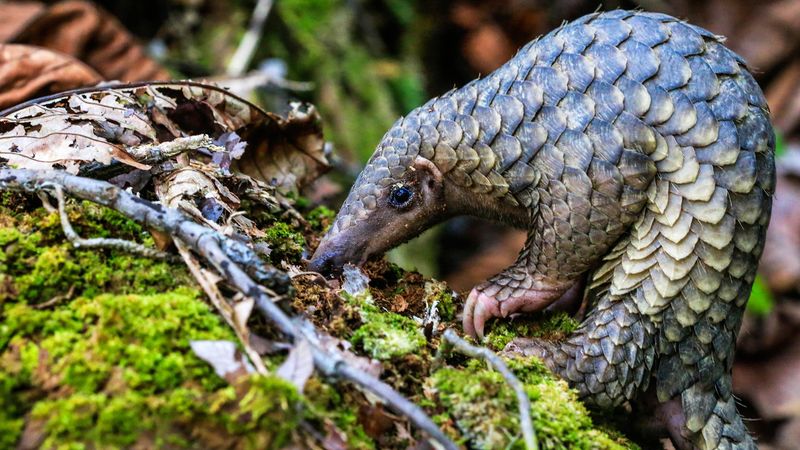
Covered head to tail in overlapping keratin scales, pangolins resemble medieval knights ready for battle. These scales account for 20% of their body weight and harden into a protective ball when threatened.
Sadly, pangolins hold the unfortunate title of world’s most trafficked mammal. Their unique defense mechanism becomes their downfall as poachers target them for traditional medicine. Despite their armor, they’re gentle insect-eaters with specialized tongues longer than their bodies.
2. Arapaima: Amazon’s Ancient Giant
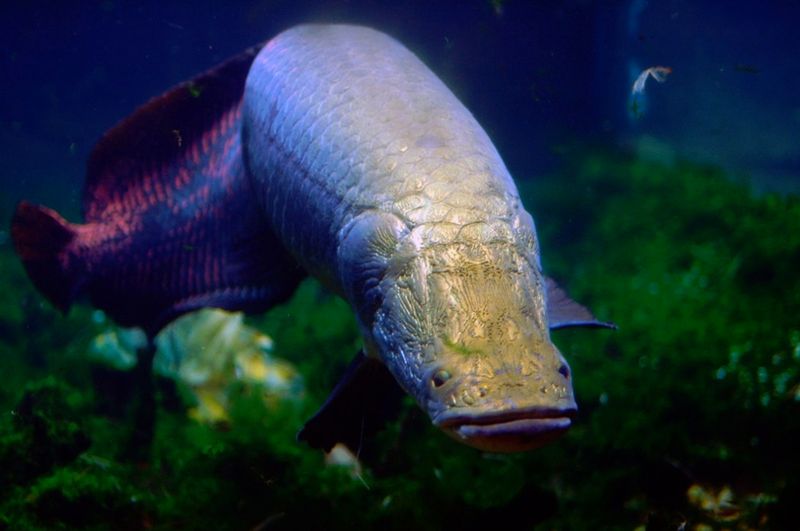
Breaking the water’s surface with explosive power, arapaima are prehistoric fish reaching over 10 feet long. Their scales aren’t just ordinary fish armor—they’re so tough that piranhas can’t bite through them.
Scientists discovered these scales have a unique corrugated design that makes them flexible yet nearly impenetrable. Evolution has perfected their armor over 13 million years. As air-breathers despite being fish, they must surface regularly, creating spectacular displays when these scaled giants emerge.
3. Thorny Devil: Australia’s Spiky Survivor
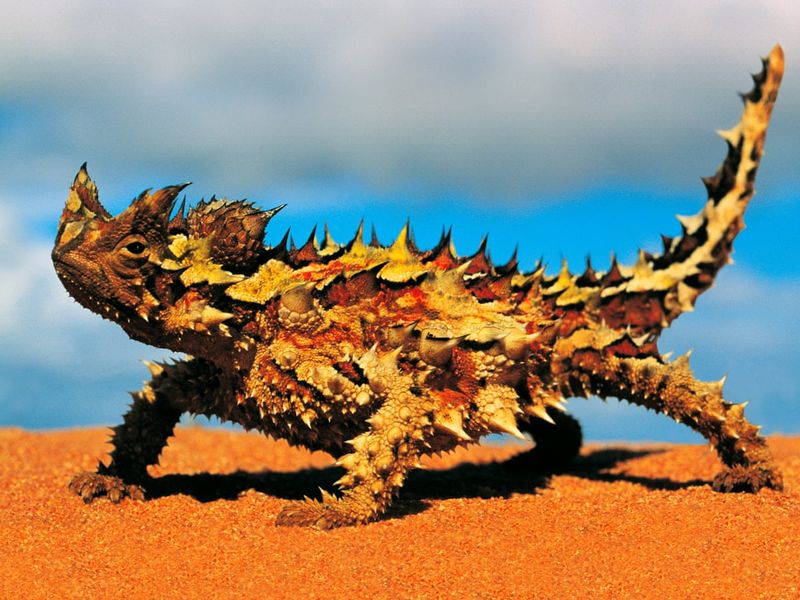
Resembling a walking cactus, thorny devils transform desert survival into an art form. Their scales aren’t just defensive spikes—they’re ingenious water collectors that channel morning dew directly to their mouths through microscopic channels.
These tiny lizards change color like chameleons, shifting from desert browns to vibrant oranges depending on temperature and mood. Despite their fearsome appearance, they’re harmless ant specialists, using their sticky tongues to consume thousands daily. Their false head—a knob on their neck—confuses predators targeting the wrong end.
4. Pine Cone Fish: The Living Ornament
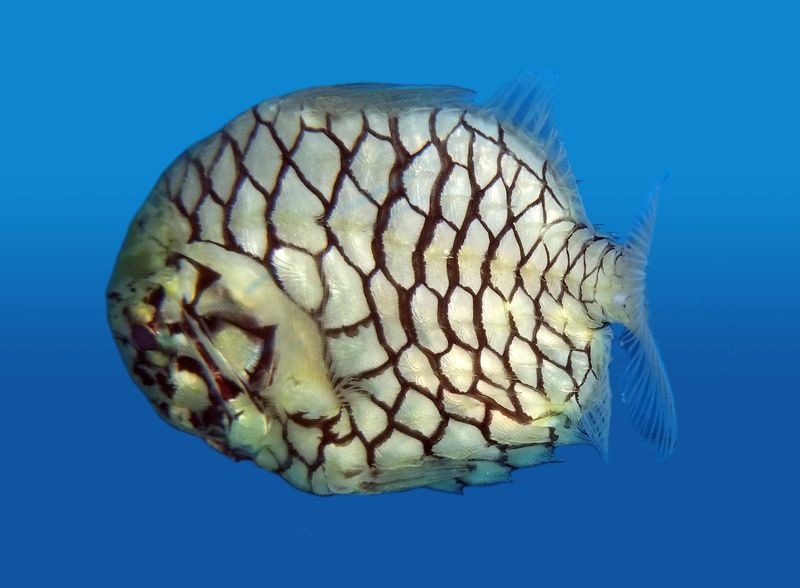
Gliding through Indo-Pacific waters, pine cone fish shine like swimming jewelry. Their large, modified scales overlap perfectly, creating a protective pine cone appearance that’s both beautiful and functional. Nature added another spectacular feature—bioluminescent organs under their eyes.
These natural flashlights help them hunt in darkness, casting light that’s invisible to their prey but illuminating for them. During daylight, they hide in caves, emerging at night when their golden scales catch moonlight like living ornaments.
5. Chinese Crocodile Lizard: Living Fossil
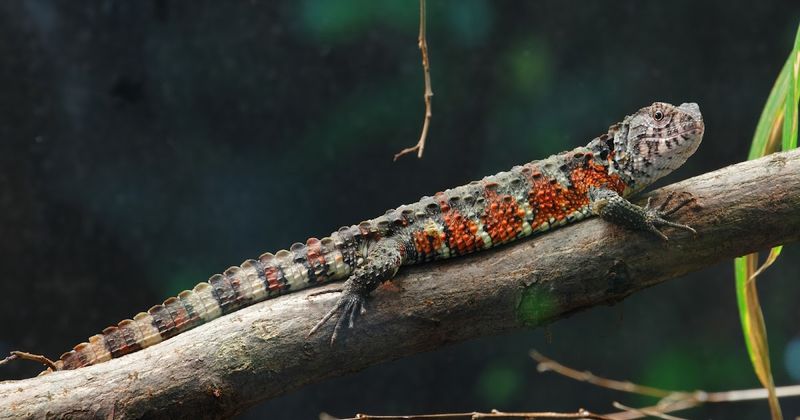
Half-submerged in mountain streams between China and Vietnam, Chinese crocodile lizards represent an ancient lineage dating back 100 million years. Their keeled scales create a distinctive ridge pattern reminiscent of their larger crocodilian namesakes.
Morning fog often reveals these lizards perched on branches overhanging water, their emerald and rust-colored scales glistening with dew. When threatened, they drop instantly into water below. With fewer than 1,000 left in the wild, these living fossils cling to existence in fragmented habitats, their prehistoric appearance unchanged since dinosaurs roamed.
6. Gila Monster: Venomous Desert Artist
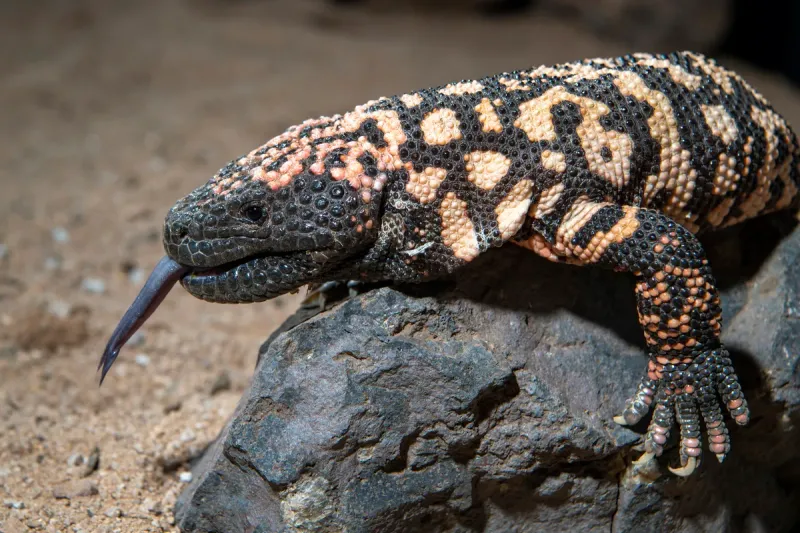
Painted in striking orange and black beaded scales, Gila monsters create natural art against Arizona’s desert landscape. Unlike smooth-scaled reptiles, their textured scales resemble colorful beads arranged in intricate patterns, each individual unique like a fingerprint.
Moving with deliberate slowness, these venomous lizards conserve energy in their harsh environment. Their venom differs from snakes—delivered not through hollow fangs but through grooved teeth and chewing motions. Despite fearsome reputations, they spend 95% of their lives underground, emerging mainly during spring rains.
7. Sungazer Lizard: The Dragon Of Africa

Standing their ground on South African grasslands, sungazers raise their heavily armored heads toward the sun in a defiant display that earned their name. Their scales transform into impressive spikes along their backs and tails, creating a prehistoric silhouette against the savanna horizon.
Unlike many reptiles, they’re diggers extraordinaire, creating elaborate burrow systems reaching six feet deep. These underground fortresses protect them from predators and harsh weather. Their defensive strategy is simple but effective—turn toward threats, display their formidable spikes, and dare predators to approach.
8. Bushmaster Snake: Rainforest Phantom
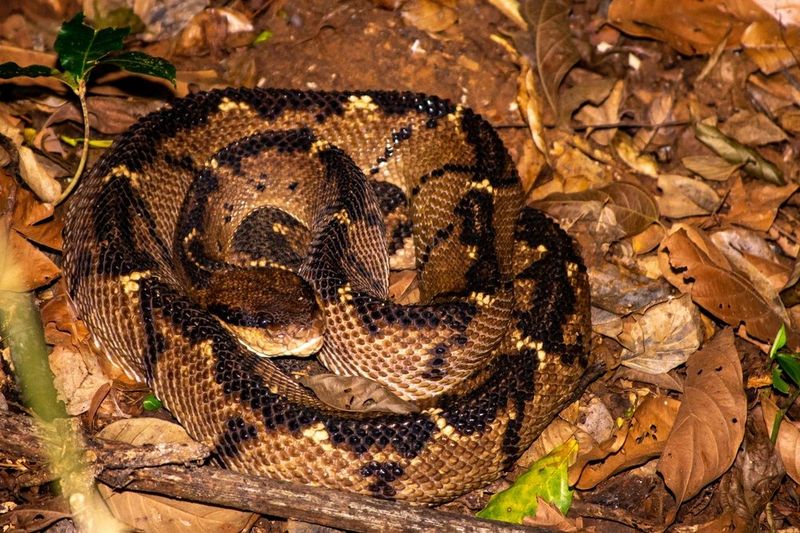
Moving like shadows through Central and South American rainforests, bushmasters rank among the world’s longest vipers. Their scales create a mesmerizing pattern of dark rhomboid shapes against lighter backgrounds, providing perfect camouflage among forest floor leaves.
Each scale contains microscopic ridges that eliminate light reflection, making these deadly hunters virtually invisible in dappled forest light. Unlike many vipers, they lay eggs rather than bearing live young. Local indigenous people call them “silent death” for their habit of remaining motionless until the perfect strike moment.
9. Dragon Moray Eel: Ocean’s Serpent

Peering from coral reef crevices with leopard-spotted scales and fang-filled jaws, dragon moray eels embody underwater nightmares. Their scales differ from typical fish—tiny, embedded in thick skin, and covered with protective mucus that allows them to squeeze through impossibly narrow spaces. Unlike most fish, they have two sets of jaws.
The visible ones grab prey, while secondary pharyngeal jaws shoot forward to drag food into their throats—the real-life inspiration for movie aliens. These solitary hunters patrol Indo-Pacific reefs at night, their distinctive spotted pattern making them favorite photography subjects for brave divers.
10. Alligator Gar: Prehistoric River Monster
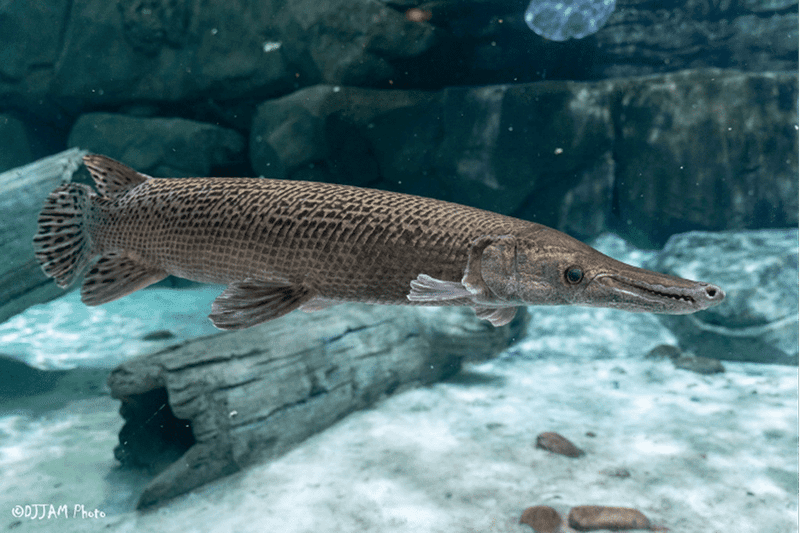
Cruising North American rivers virtually unchanged for 100 million years, alligator gar boast armor that once protected knights. Their diamond-shaped ganoid scales contain layers of bone, dentine, and enamel—essentially teeth flattened into armor plates. Native Americans and early settlers used these scales as arrowheads and breastplates.
Modern science discovered they’re nearly impenetrable, inspiring military armor designs. Despite fearsome appearances and reaching 10 feet long, they’re harmless to humans. Their prehistoric design has remained perfect through epochs that saw dinosaurs rise and fall.
11. Mata Mata Turtle: Master Of Disguise
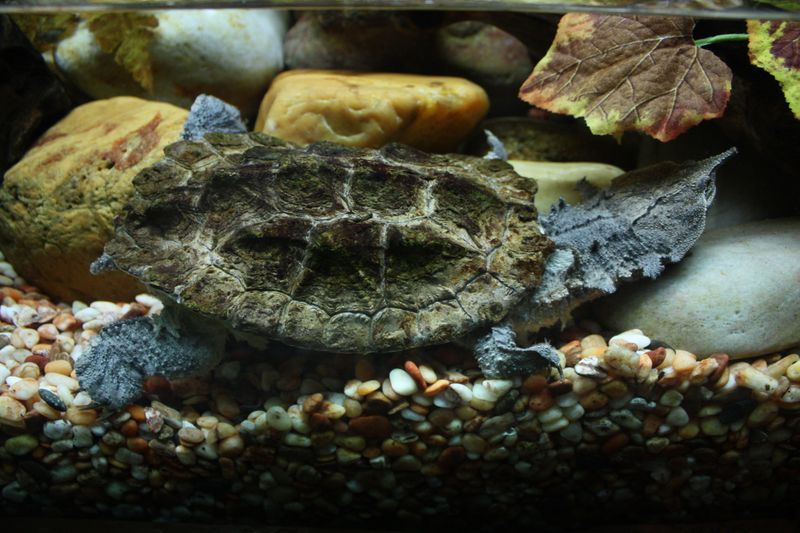
Floating in South American waters, mata mata turtles transform camouflage into high art. Unlike smooth-shelled relatives, their carapace features ridged, textured scales resembling decaying leaves or tree bark—perfect for vanishing among river debris.
Their extraordinary triangular, flattened head extends into a snorkel-like snout for breathing while remaining hidden. Evolution gifted them with a unique hunting strategy: they don’t chase prey but create water currents by suddenly expanding their throats, sucking unsuspecting fish directly into their mouths. Their name aptly repeats itself—”mata mata” means “kill kill” in indigenous language.
12. Pineapple Fish: Tropical Illuminator
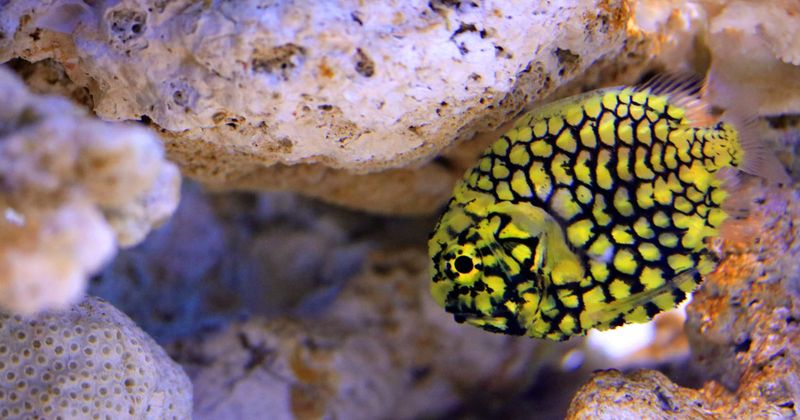
Hovering among Pacific coral reefs, pineapple fish showcase nature’s geometric precision. Their large, yellow scales form perfect square patterns with black borders—exactly mimicking their tropical fruit namesake. Beyond their striking appearance, they possess one of nature’s most remarkable features: bioluminescent cheek patches.
Specialized light organs contain symbiotic bacteria that produce a constant blue-green glow, allowing them to communicate and attract prey in darkness. Unlike most fish that swim freely, they prefer cave dwelling, emerging mainly at night when their natural lanterns illuminate the reef.
13. Armored Searobin: Ocean Floor Knight

Patrolling sandy bottoms with determined crawling motions, armored searobins use modified fin rays as legs. Their scales form plate-like armor along their bodies, with rows of spines creating a medieval appearance that discourages would-be predators.
Unlike typical fish scales, theirs fuse into bony plates called scutes—the same structures found on sturgeon and ancient armored fish. They possess another surprising feature: they “talk” by vibrating muscles against their swim bladders, producing distinct grunts and croaks. These oceanic knights use their armored exteriors to safely explore territories where other fish fear to swim.
14. Komodo Dragon: The Living Dinosaur

Lurking on Indonesian islands, Komodo dragons reign as the world’s largest lizards, stretching up to 10 feet long. Their armor-like scales protect them as they hunt with patience and precision.
Armed with bacteria-laden saliva and venom glands, these reptiles don’t need to chase prey—one bite delivers a deadly cocktail that ensures dinner will eventually succumb. Ancient and powerful, they’re living dinosaurs that have barely changed in millions of years.
15. Armadillo Lizard: The Real-Life Dragon
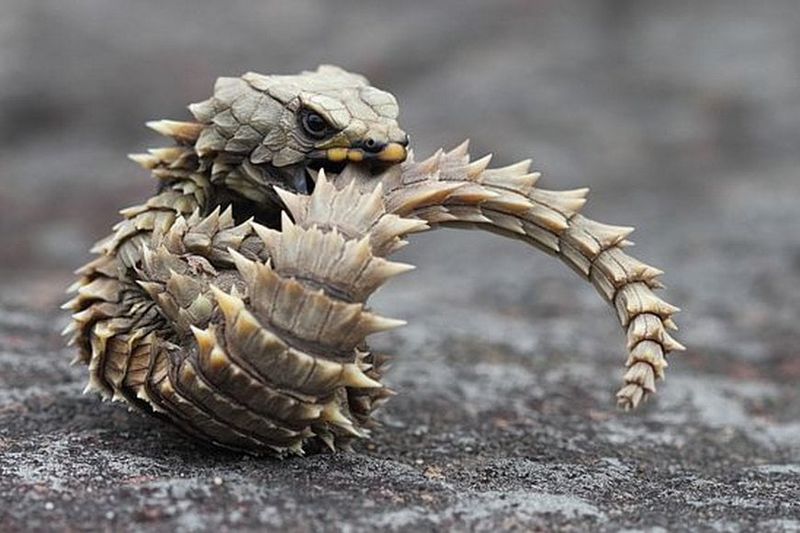
Straight from fantasy books, armadillo lizards boast spiky scales and a unique defense tactic—grabbing their tail in their mouth to form a perfect circle. Native to South Africa’s rocky regions, their chocolate-brown scales with yellow bellies make them visually striking.
Unlike many reptiles, they’re social creatures living in family groups. Their armor isn’t just for show; these scales are tough enough to deter predators while allowing flexibility. Unfortunately, their dragon-like appearance makes them targets for the illegal pet trade.

